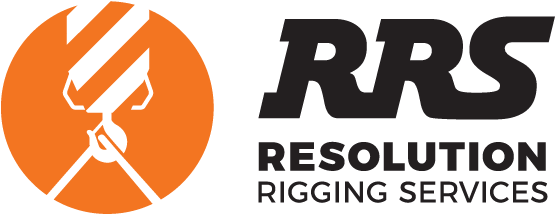












Flat Top Cranes
Flat- top tower cranes are seeing an increased popularity among construction projects worldwide. The main difference between Hammerhead and Flat-Top tower cranes is that they do not have an A-Frame, or Cat-Head structure, or have pendant lines that connect the top of the A-Frame to the jib and counter jib. The absence of these items makes transporting, assembly and erection easier and quicker.
Additionally, when a construction project requires multiple cranes working at a given time a Flat-Top tower crane is ideal because the jib of the crane requires less height clearance to pass under the jib of its neighbouring crane. Structural simplicity is another difference between Flat-Top and Hammerhead tower cranes.
Where are they used for?
Ideal worksites include airports, residential buildings, shipyards, wind farms and infrastructure. Construction projects that are located near airports are a great example where Flat-Top tower cranes excel as they enable a lower clearance below flight paths, allowing adherence to Airspace approval an easier task.
Resolution Rigging Services can supply a variety of Flat-Top Cranes that to suit a the needs, including height restrictions, of any project.
Maximum lift: 8 T
Capacity at maximum radius: 1.3 T
Maximum jib length: 60 m
Tower dimension size: 1800mm x 1800mm
Power (electrical or diesel): Electrical
Power supply required: 415volts, 63amps, 3phase
Maximum lift: 8 T
Capacity at maximum radius: 1.9 T
Maximum jib length: 60 m
Tower dimension size: 1800mm x 1800mm
Power (electrical or diesel): Electrical
Power supply required: 415volts, 95amps, 3phase
